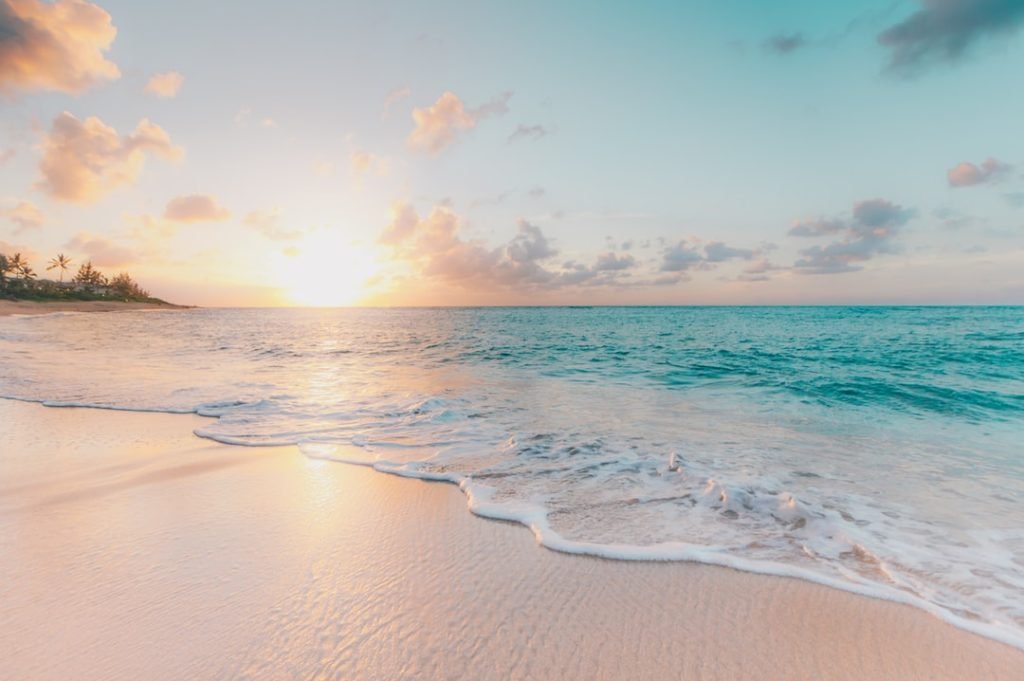

How to Talk About the Beach in Spanish: 15 Coastal Terms
Learning coastal vocabulary in Spanish is important for anyone who wants to communicate effectively in a beach or seaside setting. Whether you are planning a vacation to a Spanish-speaking country or simply want to expand your language skills, knowing the right words and phrases can enhance your experience and help you connect with locals. Coastal vocabulary can be divided into several categories, including basic beach terms, descriptions of the beach, talking about the ocean, beach activities and pastimes, beach gear and equipment, beach safety tips, popular beach destinations, and beach food and drinks.
Table of Contents
ToggleKey Takeaways
- Spanish coastal vocabulary includes a variety of terms related to the beach and ocean.
- Basic beach terms in Spanish include playa (beach), arena (sand), and mar (sea).
- Describing the beach in Spanish can involve adjectives like hermosa (beautiful) and tranquila (calm).
- Talking about the ocean in Spanish may involve terms like olas (waves) and marea (tide).
- Beach activities and pastimes in Spanish can include nadar (swimming) and hacer castillos de arena (building sandcastles).
Basic Beach Terms in Spanish
When it comes to basic beach terms in Spanish, there are several words and phrases that are commonly used. Some examples include “playa” (beach), “arena” (sand), “olas” (waves), “mar” (sea), “sol” (sun), “sombrilla” (beach umbrella), “toalla” (towel), and “bañador” (swimsuit). Pronunciation is an important aspect of learning these terms. For example, the double “ll” in “playa” is pronounced like the “y” in “yellow,” while the double “r” in “arena” is rolled with a trill sound.
Describing the Beach in Spanish
To describe the beach in Spanish, there are various adjectives that can be used. Some examples include “hermosa” (beautiful), “tranquila” (calm), “soleada” (sunny), “limpia” (clean), and “arenosa” (sandy). These adjectives can be combined with nouns to create phrases that describe specific aspects of the beach. For instance, you could say “una playa hermosa” (a beautiful beach) or “una playa tranquila” (a calm beach).
Talking about the Ocean in Spanish
When it comes to talking about the ocean in Spanish, there are many vocabulary words that can be used. Some examples include “agua” (water), “mareas” (tides), “corrientes” (currents), “peces” (fish), “conchas” (shells), and “arrecifes” (reefs). Phrases can also be used to talk about the ocean, such as “el mar está tranquilo” (the sea is calm) or “las olas son grandes” (the waves are big).
Beach Activities and Pastimes in Spanish
There are numerous beach activities and pastimes that can be enjoyed, and knowing the vocabulary in Spanish can enhance your experience. Some examples of beach activities include “nadar” (to swim), “tomar el sol” (to sunbathe), “jugar al voleibol” (to play volleyball), “hacer castillos de arena” (to build sandcastles), and “hacer surf” (to surf). Phrases can also be used to talk about these activities, such as “me gusta nadar en el mar” (I like to swim in the sea) or “vamos a jugar al voleibol en la playa” (let’s play volleyball on the beach).
Beach Gear and Equipment in Spanish

When it comes to beach gear and equipment, there are several vocabulary words that are commonly used in Spanish. Some examples include “sombrilla” (beach umbrella), “toalla” (towel), “protector solar” (sunscreen), “gafas de sol” (sunglasses), and “flotador” (float). These words can be combined with verbs to create phrases that describe actions related to beach gear and equipment. For example, you could say “necesito una sombrilla para protegerme del sol” (I need an umbrella to protect myself from the sun) or “me pongo protector solar antes de ir a la playa” (I apply sunscreen before going to the beach).
Beach Safety Tips in Spanish
When it comes to beach safety, it is important to know the vocabulary in Spanish to communicate effectively. Some examples of vocabulary related to beach safety include “bandera roja” (red flag), “corriente peligrosa” (dangerous current), “protector solar resistente al agua” (water-resistant sunscreen), “chaleco salvavidas” (life jacket), and “primeros auxilios” (first aid). Phrases can also be used to talk about beach safety, such as “ten cuidado con las corrientes peligrosas” (be careful with the dangerous currents) or “siempre lleva contigo un chaleco salvavidas” (always carry a life jacket with you).
Popular Beach Destinations in Spanish-speaking Countries
Spanish-speaking countries are known for their beautiful beaches, and there are several popular destinations to explore. Some examples include Cancun in Mexico, Punta del Este in Uruguay, Varadero in Cuba, and Costa del Sol in Spain. When talking about these destinations, it is important to know the vocabulary in Spanish. Some examples include “playa de Cancún” (Cancun beach), “playa de Punta del Este” (Punta del Este beach), “playa de Varadero” (Varadero beach), and “playa de Costa del Sol” (Costa del Sol beach).
Beach Food and Drinks in Spanish
When it comes to beach food and drinks, there are several vocabulary words that are commonly used in Spanish. Some examples include “helado” (ice cream), “limonada” (lemonade), “pescado” (fish), “mariscos” (seafood), and “ensalada de frutas” (fruit salad). These words can be combined with verbs to create phrases that describe actions related to beach food and drinks. For example, you could say “me gusta comer helado en la playa” (I like to eat ice cream on the beach) or “quiero tomar una limonada refrescante” (I want to drink a refreshing lemonade).
Additional Resources for Learning Spanish Coastal Terms
There are several online resources available for learning Spanish coastal vocabulary. Websites such as Duolingo, Babbel, and FluentU offer interactive lessons and exercises that can help you practice and expand your vocabulary. Additionally, there are many Spanish language apps available for download on smartphones and tablets. These apps often include flashcards, quizzes, and audio recordings to help you improve your pronunciation and comprehension skills. To practice on your own, you can also create flashcards or use online flashcard platforms like Quizlet to review vocabulary words and phrases. Additionally, watching movies or TV shows in Spanish, listening to Spanish music, and reading books or articles in Spanish can also help you immerse yourself in the language and reinforce your learning.
If you want to learn Norwegian, you can register for classes here. We look forward to hearing from you and helping you become fluent in Norwegian.






